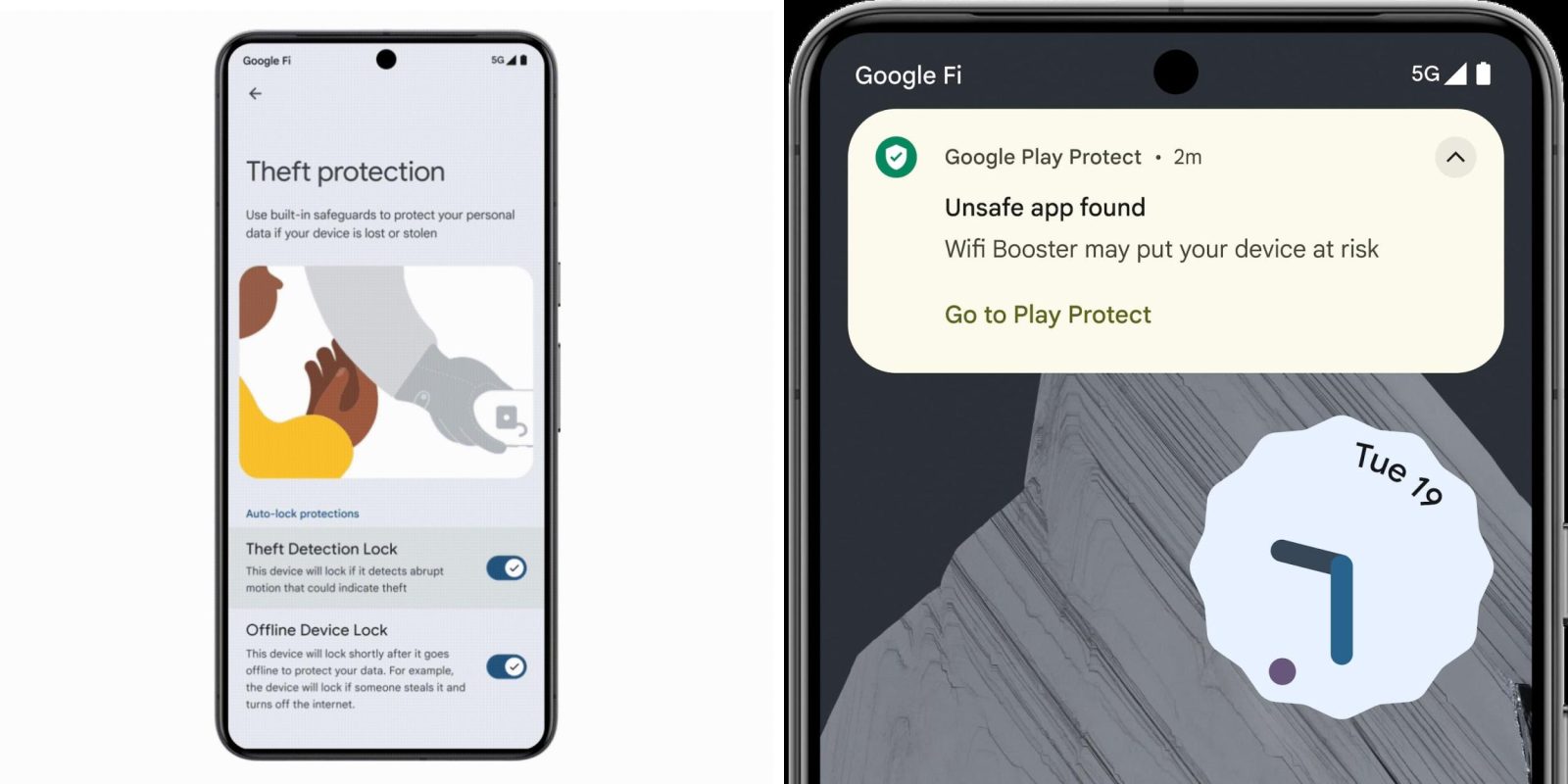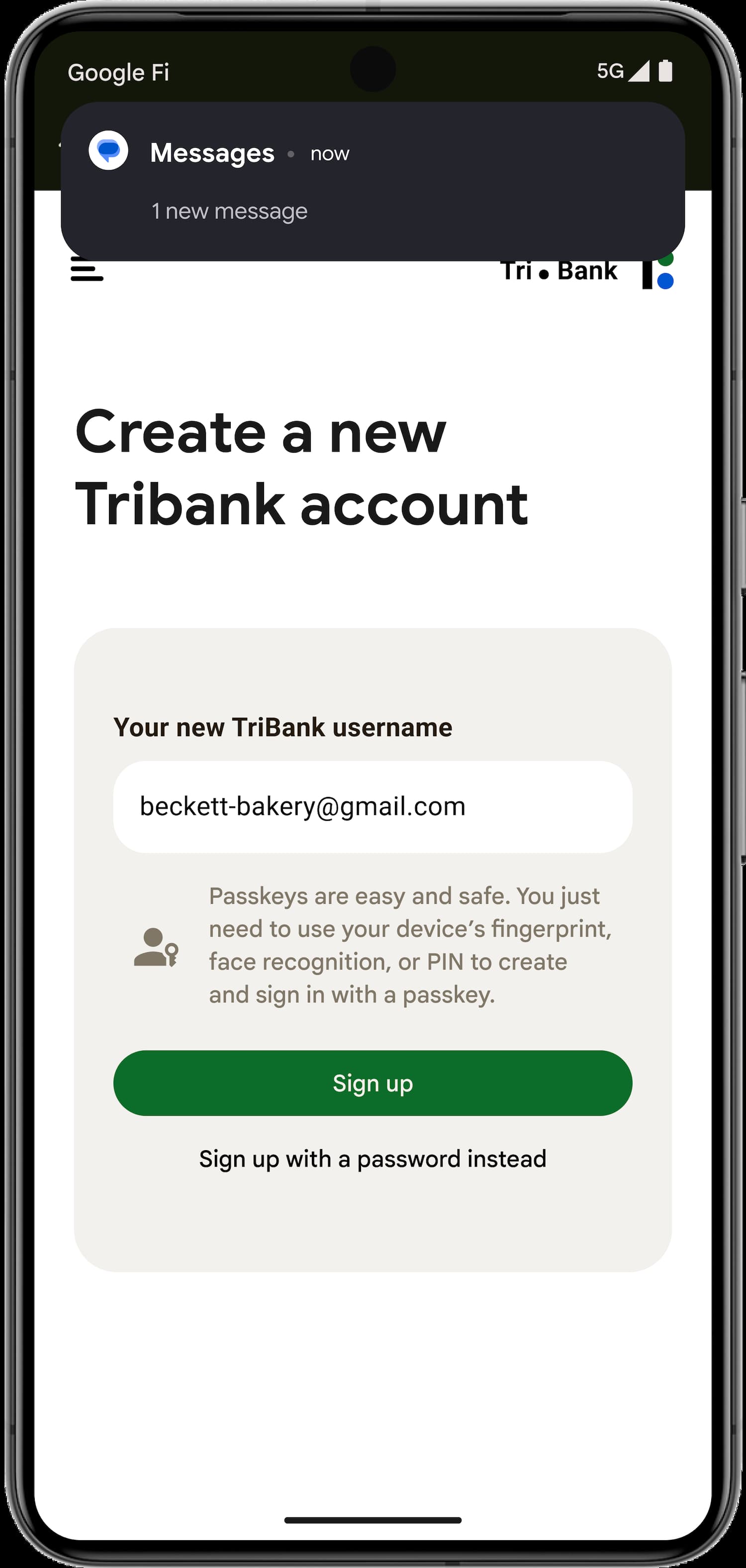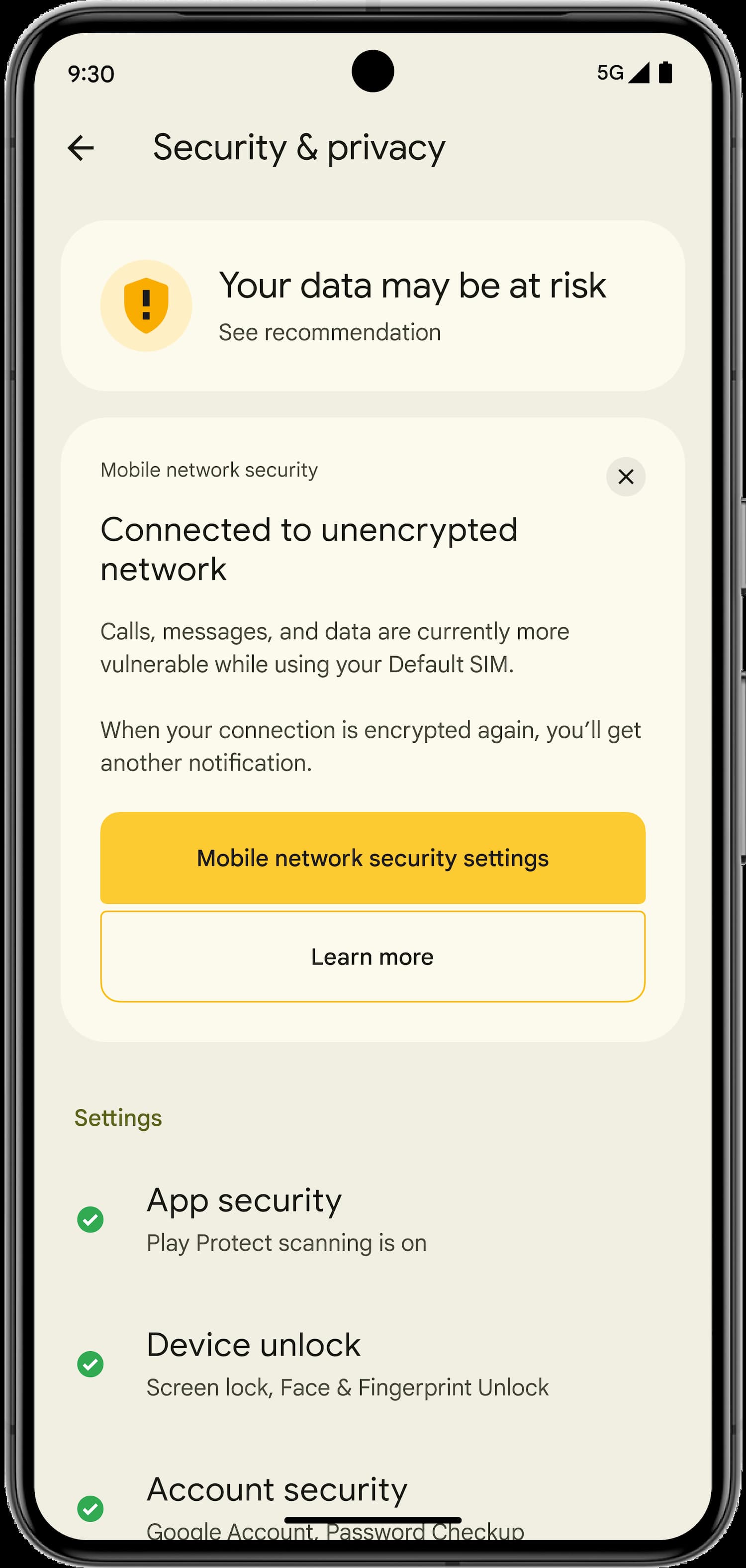Android boosting security with Theft Detection Lock, factory reset protection


In addition to privacy, Android at I/O 2024 is really working to strengthen the mobile operating system’s protections against theft, security, and privacy.
Protection against theft
Android’s new protections are divided into three levels, starting with making Android devices less attractive to steal.
Google is upgrading Android’s factory reset protection so thieves can’t wipe a stolen device (before resale) “without knowing your device or your Google account credentials.” Meanwhile, turning off Find My Device or extending the screen timeout now requires a PIN/password or biometric authentication.

If a thief knows your PIN (by monitoring a previous unlock), Android now requires “biometrics to access and change critical Google account and device settings, such as changing your PIN, turning off theft protection or access access keys, from an untrusted location. »
Factory Reset Protection and Privacy updates will be released as part of Android 15. Improved authentication protections will be released to select devices later this year.
When your phone is stolen, new features like the Theft Detection Lock will detect when it’s taken out of your hands. Google uses sensors and patterns built into devices to lock devices when someone “tries to run, bike, or drive away.”

Meanwhile, offline detection lock will come into effect “if someone steals (your phone) and turns off the internet.” This is to prevent someone from accessing your data.
Both of these features will be rolling out to Android 10+ via a Google Play Services update later this year.
Finally, Android introduces Remote Lock as something faster than Find My Device after your phone is stolen.
… Many users are shocked and stressed after a phone goes missing and cannot remember their Google account password to access Find My Device.
Users will be able to lock their phone screen with just their “phone number and a quick security challenge.”
This saves you time to retrieve your account details and access additional useful options in Find My Device, including sending a full factory reset command to completely erase the device.
This will be rolled out via a Google Play Services update later this year.

Security and Privacy
Google Play Protect benefits from live threat detection to “analyze additional behavioral signals related to the use of sensitive permissions and interactions with other apps and services.” If suspicious behavior occurs, Play Protect will send the app to Google for further review and “warn users or disable the app if malicious behavior is confirmed.”

Android Private Compute Core is leveraged to do all of this while maintaining privacy. Live threat detection is coming to Pixel, Oppo, Honor, Lenovo, OnePlus, Nothing, Transsion, Sharp, and other manufacturers later this year.
Android 15 will hide one-time passwords from notifications to combat spyware and fraud. There are some exceptions for portable companion clients of the applications. OTPs and private notification contents will also be hidden when sharing screens. Login screens – usernames, passwords and credit card numbers – will also be hidden. Google is also expanding screen sharing with a single app on the Pixel.
Finally, Android will receive a “more visible screen indicator” later this year, turning it off with a single click.


Android 15 adds new cellular protections, like alerting you if a network connection is unencrypted and “potentially exposing voice and SMS traffic to radio interception.”
These (cellular) features require device OEM integration and compatible hardware. We work with the Android ecosystem to bring these features to users. We expect OEM adoption to increase over the next two years.
FTC: We use automatic, revenue-generating affiliate links. More.
News Source : 9to5google.com
Gn tech





